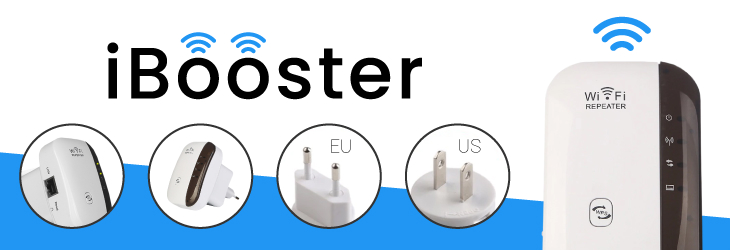what is online meal delivery?
1. Online food ordering refers to the process of placing a meal request via a website or application from a nearby restaurant or food service.
Many of these platforms enable users to create accounts, facilitating easier repeat orders, akin to the online purchasing of consumer goods.
1. What are the steps to establish an online delivery system for your restaurant?
1. A café can directly sell meals to customers without the need for an external door by employing efficient ordering software.
In this approach, customers can place their orders directly through the café's website. They browse the menu and select the items they wish to order.
After making their choices and completing the payment, customers have the option to either have their food delivered to a designated location or pick it up themselves.
Alternatively, food aggregators can be utilized. These entities serve as intermediaries between restaurant networks and customers, functioning as part of the traditional restaurant delivery system.
Customers place their orders with food aggregators, who then relay them to the appropriate restaurants. Subsequently, the aggregators manage the delivery process.
1. Digital Food Delivery Service
1. In the event that a customer places an order via a website or mobile application, the restaurant owner receives the request and delivers it to the customer's location.
This process is referred to as an online meal delivery service. The popularity of online food delivery has surged, as it represents the most convenient method available.
By selecting the optimal online food delivery application, one can access an extensive list of restaurants from which to order.
These establishments provide meal delivery services and utilize food delivery applications to process customer orders. The advantages of online food delivery services include:
Customers can place orders from various locations.
The online delivery service saves time for the customer.
There are no fees associated with placing an order through a website or application.
Restaurants can gather more comprehensive customer data. Most restaurants offer online food delivery around the clock, allowing customers to place late-night food orders.












